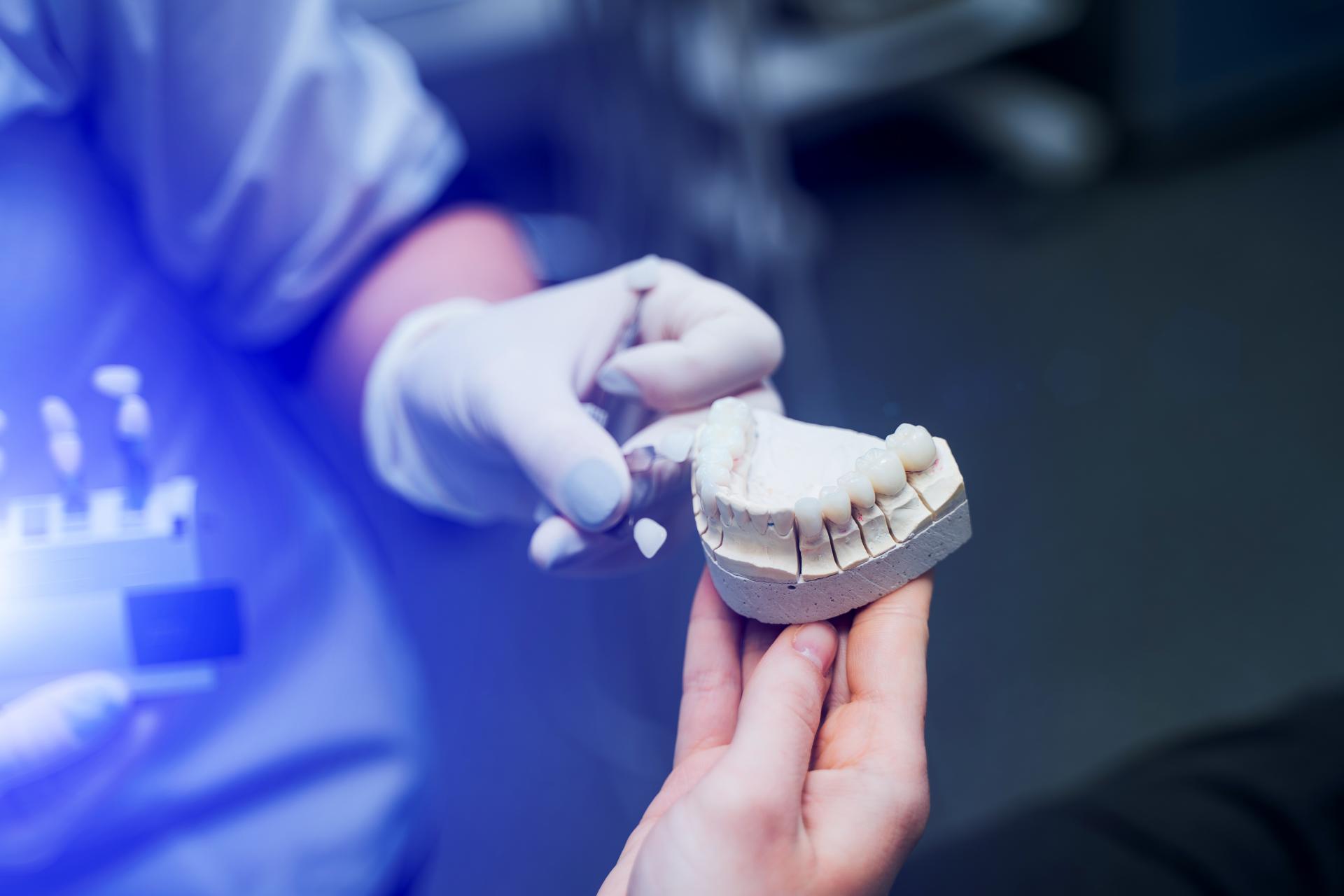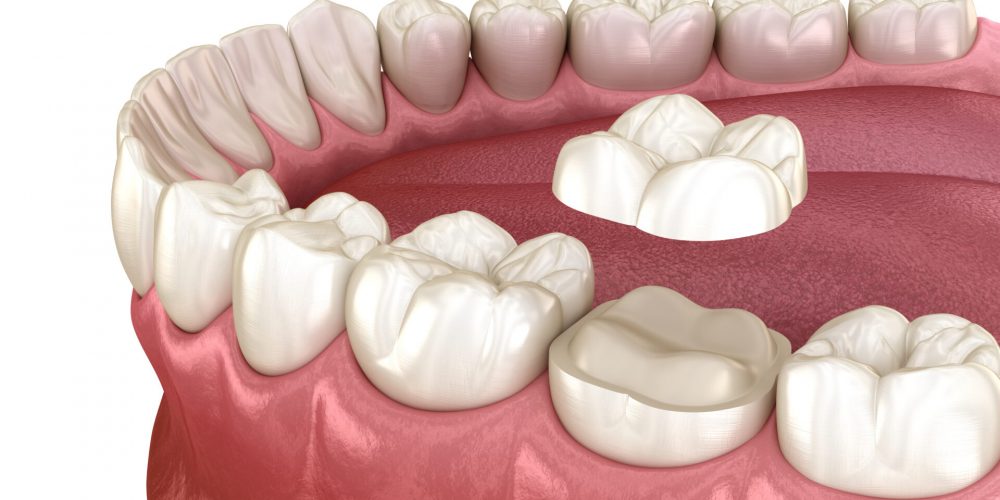Onlays and Inlays are used in premolars or molars, when the tooth has experienced excess damage to support a simple filling, but not too much damage that a crown will be needed. The critical contrast between them is the amount and part of the tooth they cover.Dental inlays and onlays are made from tooth-like material called porcelain, which improves the aesthetic value for the patient. However, in recent years onlays and inlays have been made from ceramic materials.Dental inlays are fitted and molded in the chewing area of your tooth that has been damaged through injury or decay. On the other hand, onlays are used for damage and deterioration to the cusps of your tooth as well as the biting surface.
Inlays are designed to reduce the damage to the surface of your tooth. They can be used when there is damage or decay within the cusps of your teeth. Dentists have various materials they can use to produce the inlays, including gold, composite resins, and ceramics. Composite resins can be matched to the color of your teeth to attain the ideal aesthetics.
Onlays, sometimes it is called a partial crown; onlays are applied to treat large areas. Unlike inlays, Onlays are used on the biting surface and can be extended to cusps across your tooth, as requested by the patient. Just like inlays, onlays can be designed from ceramics, gold, or composite resins, as every material provides excellent durability for the patient. Using an onlay is regarded as an alternative to crowns since this treatment helps to save more teeth than the conventional crown placement procedure.
[contact-form-7 id="1511" title="İletişim Formu Tek Sutun"]

We are your friendly, professional, reliable, and affordable private healthcare service partner in Türkiye offering an extensive range of healthcare services at the clinic, including cosmetic, orthodontic, periodontic, endodontic, implant and cosmetic teeth treatments, amongst other specialist healthcare services! The Service is based in İstanbul, proudly supported by an experienced and highly skilled team. All our experiences combined offer you access to specialists in various modern and reliable treatment centers. Trust hard working IPAR team to welcome you in a warm and friendly environment! Looking for a most preferred healthcare service in Istanbul? Contact us, we are here to support in all sense..


